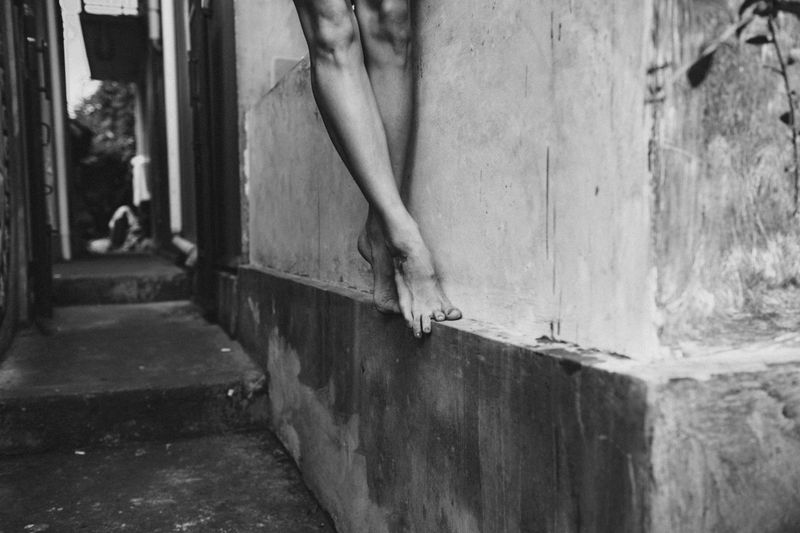The Croatian government has repeatedly denied responsibility for pushbacks, and the Croatian Ministry of the Interior did not respond to Human Rights Watch’s requests for a meeting or comment on its findings. However, the report includes testimony from more than 100 people, including more than 20 unaccompanied children and two dozen parents travelling with young children, who described pushbacks, some as recently as April 2023, and how Croatian police had pushed them back dozens of times.
Pushbacks are not only illegal under international law but also violate the international prohibitions of torture and other ill-treatment, collective expulsion, and return to risk of harm, known as refoulement. Pushbacks of children also violate child rights norms. Bosnia and Herzegovina’s asylum system is ineffective, meaning that it is not an option for most people seeking international protection. Furthermore, the European Union has contributed substantial funds to Croatian border management without securing meaningful guarantees that Croatia‘s practices adhere to international human rights norms and comply with EU law.
According to the report, the Danish Refugee Council recorded about 30,000 pushbacks between January 2020 and December 2022, and roughly 13% of the pushbacks recorded in 2022 were of children, alone or with families. The most common country of origin for those being pushed back was Afghanistan. In a typical pushback, Croatian police do not transfer people to authorities of Bosnia and Herzegovina at regular border posts; instead, they transport people to points elsewhere along the border and order them across, making them traverse rivers, streams, dense forests, or rocky areas, often at night and without any idea of how to reach the nearest town.
Croatia, a European Union member state on the union’s external border, joined the Schengen Area, the group of countries that generally allow free travel without border checks, in January 2023. The report reveals that border police appeared to push back fewer people and to curb some of their most violent practices in the months before the decision but had resumed large-scale pushbacks by March. In March and April, Croatian police transferred several hundred people to Bosnia and Herzegovina under a “readmission agreement” and suggested that such readmissions would continue. Readmission is a formal procedure carried out at regular border posts, but readmissions to Bosnia and Herzegovina from Croatia do not consider protection needs and do not offer critical due process protections, including the right to appeal. Overall, the report reveals that pushbacks have long been standard operating procedure for Croatia‘s border police, and the Croatian government has bamboozled European Union institutions through deflection and empty promises.
Human Rights Watch recommends that Croatia should immediately end pushbacks and other collective expulsions to Bosnia and Herzegovina, and other EU countries, including Italy and Slovenia, should not seek to return people to Croatia until Croatian authorities end collective expulsions and ensure the respect of the right to seek asylum. The European Commission should require Croatian authorities to end pushbacks and other human rights violations at the border and provide concrete, verifiable information on steps taken to investigate human rights violations against migrants, asylum seekers, and refugees. “EU institutions need to act decisively to hold Croatia to account for these regular violations of EU law and international norms,” said Michael Garcia Bochenek, senior children’s rights counsel at Human Rights Watch and the author of the report.
In conclusion, the inhumane treatment of refugees, asylum seekers, and migrants is a global issue that continues to plague our world. Governments should adopt humanitarian policies and provide adequate resources to support those seeking asylum and to ensure that their human rights are respected. We should stand in solidarity with vulnerable people and call for the end of mistreatment and human rights abuses.

<< photo by ROMAN ODINTSOV >>